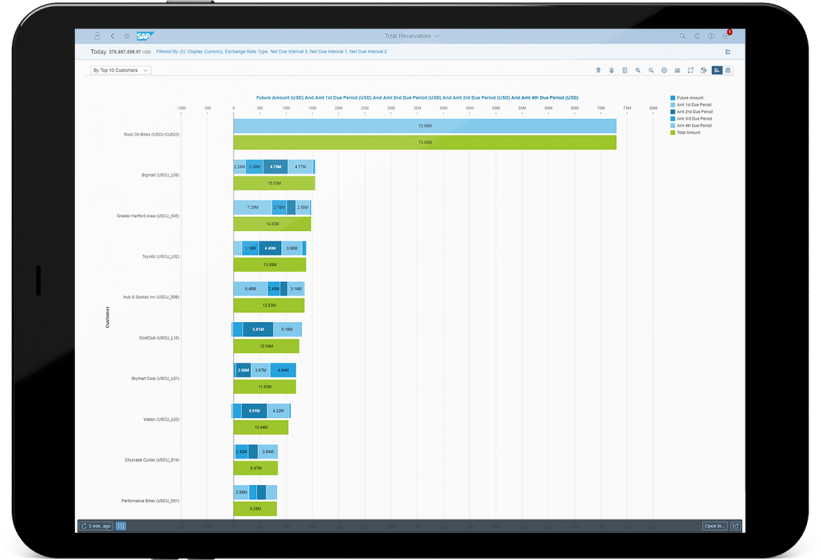
- March 21, 2023
- Alaa Mostafa
- 0
Types of ERP deployment
Modern ERP systems can be deployed in a number of ways: in a public or private cloud, on-premise, or in various hybrid scenarios that combine environments. Here are some of the high-level benefits of each to help you identify the ERP deployment option that makes the most sense for your business.
Cloud ERP
With cloud ERP, the software is hosted in the cloud and delivered over the Internet as a service that you subscribe to. The software provider generally takes care of regular maintenance, updates, and security on your behalf. Today, cloud ERP is the most popular deployment method for many reasons – including lower upfront costs, greater scalability and agility, easier integration, and much more.
On-Premise ERP
This is the traditional model for deploying software where you control everything. The ERP software is typically installed in your data center at the locations of your choice. The installation and maintenance of the hardware and software are your staff’s responsibility.
Many companies are modernizing and upgrading their on-premise ERP systems to cloud deployments. This requires careful planning of your ERP upgrade as well as a thoughtful process of evaluating ERP software and deployment options.
Hybrid ERP
For companies that want a mixture of both to meet their business requirements, there is the hybrid cloud ERP model. This is where some of your ERP applications and data will be in the cloud and some on-premise. Sometimes this is referred to as two-tier ERP.

The total cost of ERP
The cost of ERP depends on the software vendor, the modules selected, and the deployment method. Generally speaking, cloud-based ERP has lower prices than on-premise ERP because no hardware needs to be purchased – and no expensive in-house IT experts need to be hired. The vendor handles the maintenance and charges the customer an annual or monthly subscription fee, usually based on the number of users.
When calculating the return on investment (ROI) and total cost of ownership (TCO) of a new ERP implementation, the initial and ongoing workforce costs are just as significant as the software selection and deployment costs. With cloud and hybrid options, new factors must be evaluated. For example, software maintenance, facility, computer capacity, downtime, recovery, security, privacy, and IT staff costs are all important considerations. As mentioned, cloud options significantly reduce both capital and operating costs – improving both ROI and TCO.
Source: SAP insights


